Kashubia
8.33
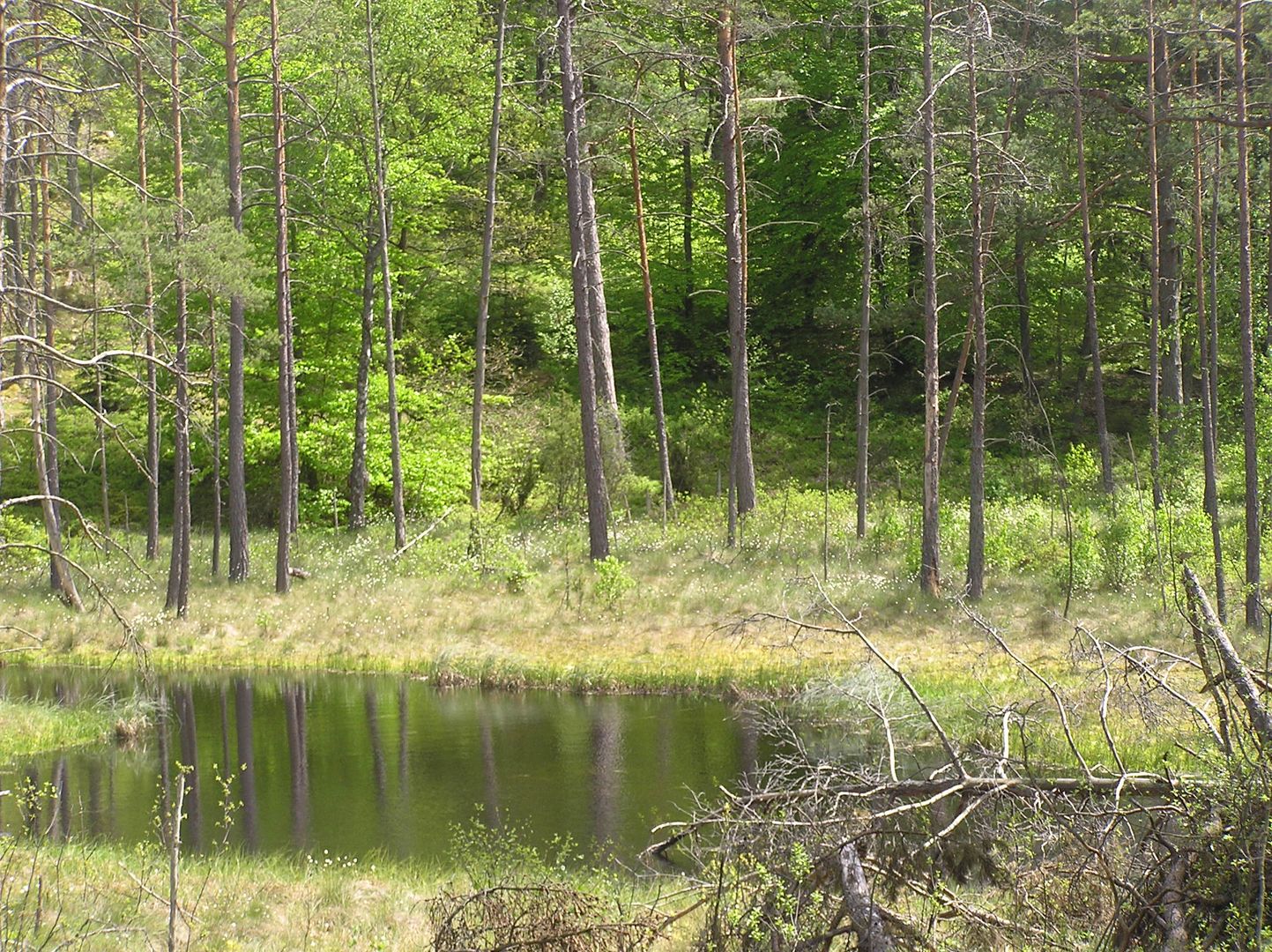
Overview
Kashubia is a cultural region in northern Poland, inhabited mainly by the Kashubians, who speak the Kashubian language, recognized as a regional language since 2005. The region includes the Kartuzy, Lębork, Puck, and Gdańsk counties, as well as the cities of Gdynia, Gdańsk, and Sopot. The etymology of the name "Kashubia" is the subject of numerous hypotheses, ranging from references to clothing to connections with local tribes. Kashubia has a rich history dating back to the times of the Slavs, and in the 13th century, it began to be referred to as "Kashubia." During the Middle Ages, the region was divided into various principalities, which contributed to the emergence of local political centers. The most widely accepted theory among scholars is that the name derives from a word meaning "low water level." Kashubia went through various stages of Germanization and Polonization, with its inhabitants fighting to preserve their culture and language, especially during the partitions of Poland. In the 19th century, Kashubian literature gained prominence, initiated by figures such as Florian Ceynowa and Hieronim Derdowski. The architecture in Kashubia is characterized by traditional wooden houses, often built using log construction techniques, surrounded by greenery. Kashubian painting and sculpture, based on local motifs, developed from the 16th century and are still cultivated today. Kashubia is also known for its rich embroidery tradition, which features various regional styles. Kashubian cuisine emphasizes simplicity, with a strong focus on fish and traditional flour-based dishes. An interesting fact is that Kashubians are known for using snuff, which is part of their tradition. The region also boasts a vibrant cultural life, with numerous museums, magazines, and festivals promoting Kashubian culture. Gdańsk is often highlighted as the capital of Kashubia, while smaller towns like Kartuzy and Wejherowo play a significant role in shaping local identity. Today, Kashubia enjoys growing interest from tourists, with its unique natural and historical attractions drawing nature and culture enthusiasts. Despite challenges related to Germanization and the partitions, the region's inhabitants remain active in maintaining and promoting their culture, as seen in the increasing number of events and organizations supporting Kashubian heritage.
Location
Country
You can also find here:
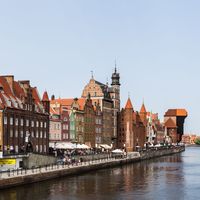
Gdańsk
8.44
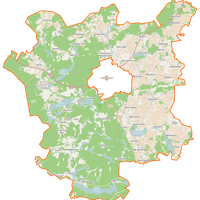
Kościerzyna
8.44
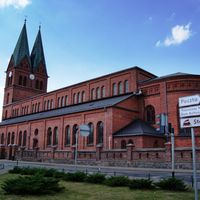
Chojnice County
8.44
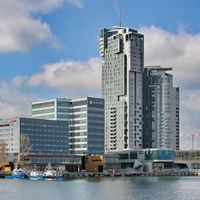
Gdynia
8.44
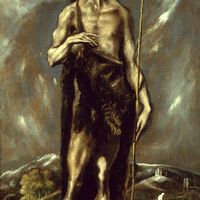
St. John's Church in Gdańsk
8.33
City center, Gdynia-Śródmieście Deanery
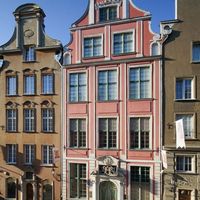
Uphagen's House
8.33
City center, Gdynia-Śródmieście Deanery

Main Town Hall in Gdańsk
8.33
City center, Gdynia-Śródmieście Deanery
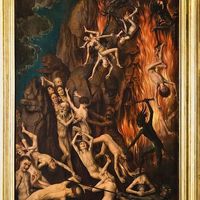
Basilica of the Co-Cathedral of the Assumption of the Blessed Virgin Mary in Gdańsk
8.33
City center, Gdynia-Śródmieście Deanery
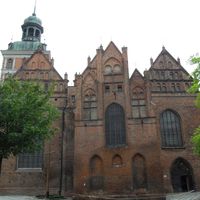
St. Bridget's Basilica in Gdańsk
8.33
City center, Gdynia-Śródmieście Deanery
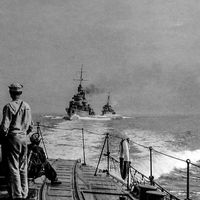
ORP Lightning
8.33
City center, Gdynia
2025 Wizytor | All Rights Reserved